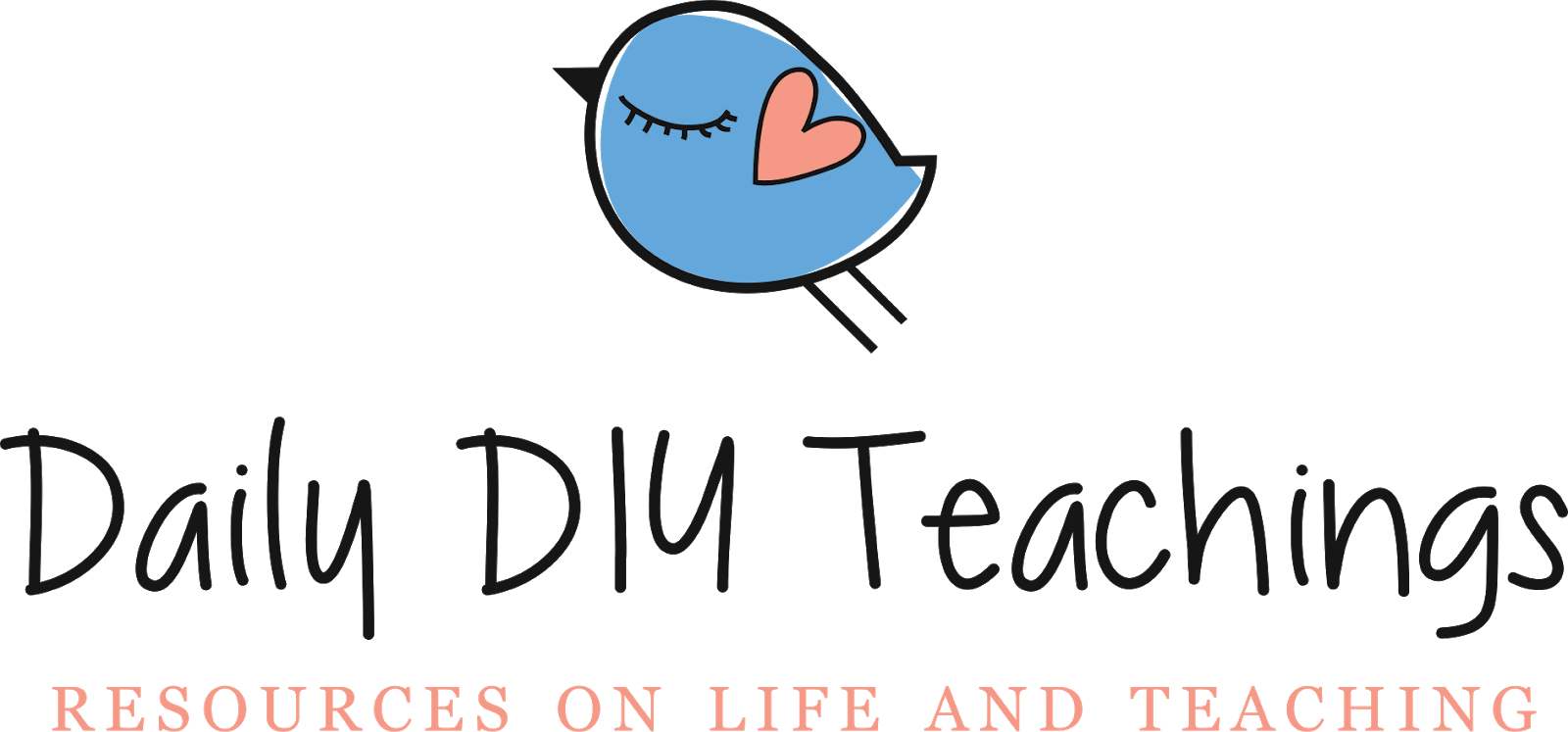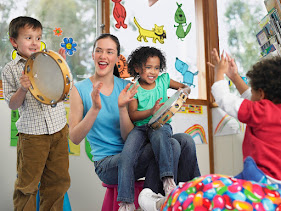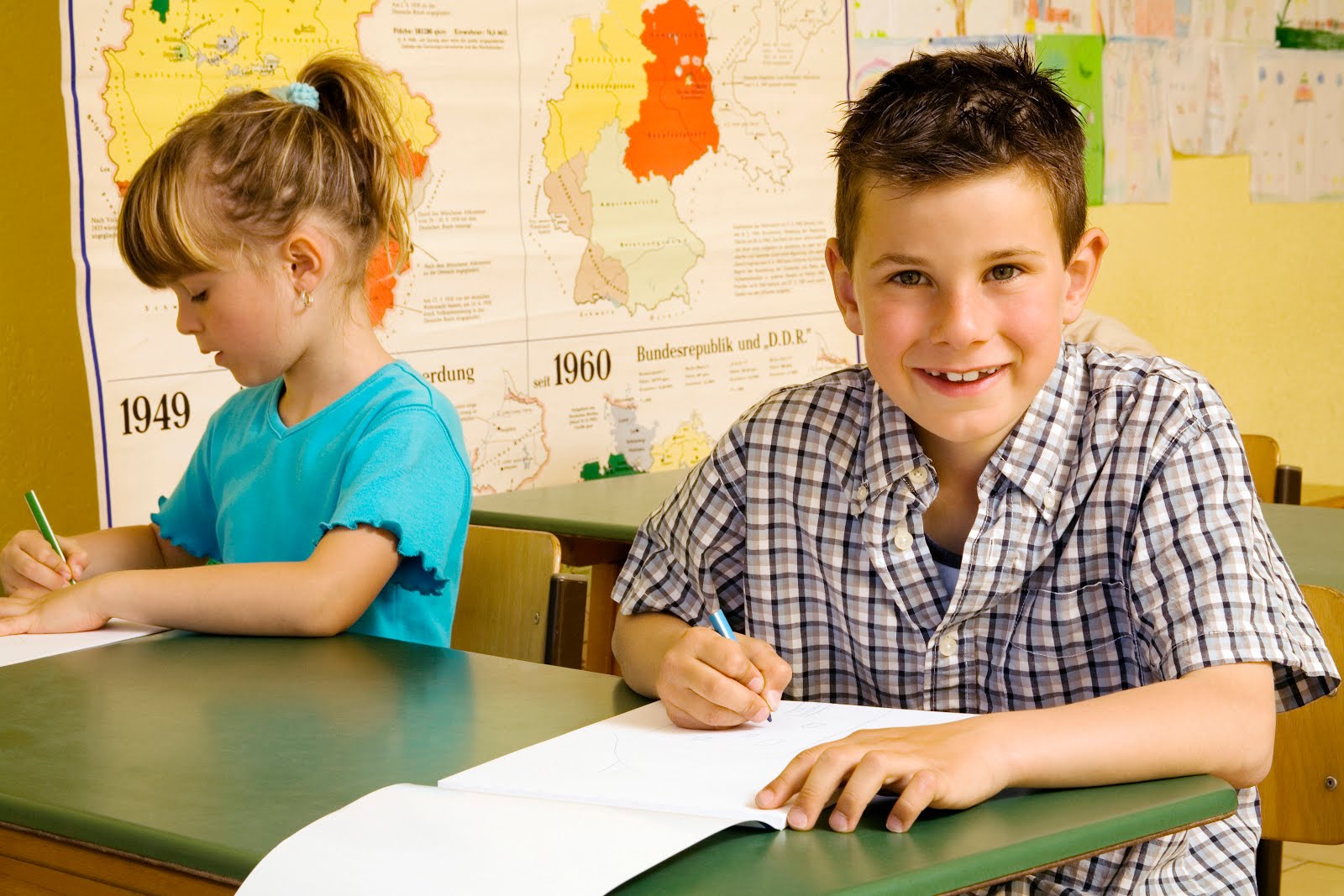Are you looking for a good excuse to celebrate National Doughnut Day which happens every year on the first Friday in June?
Here’s a free, easy to prepare donut graphing activity to help you get started.
It’s a delicious way to focus on sorting, counting, graphing, and data interpretation with preschoolers, kindergarteners, first graders, and beginning second graders.
CHOICES TO MAKE
Start by making a few simple choices.
· Select color or black/ white.
· Choose a ready-to-use set with a predetermined number of donuts to graph or create your own unique sets.
· Decide whether to glue the donut pictures on your graph or color the bar graph to match.
GET YOUR DONUT GRAPHS PREPARED
I promise. This donut activity is easy to prepare!
· Print one copy of the graph and a set of donuts for each participant.
· Use paper to print the sets of donuts if you are gluing them on the graph.
· If you are coloring the bar graph to match, consider printing the donuts on card stock for easier handling by younger children.
· Print copies of the graph questions for more advanced or older children.
· Consider cutting the sets of donuts for young children. If you do, put each set in a baggie.
· Provide scissors, glue, and crayons.
GET BUSY
Hand out the prepared materials. Then, have your students follow these steps.
· Cut your set of donuts (or empty your baggie).
· Sort your donuts by kind.
· Count how many donuts are in each group.
· Glue the donuts in the matching bars on your graph or
· Color the same number in the matching bar.
· Use your graph to answer the questions.
If you decide to create your own unique sets of donuts for the graph, you can either prepare them in advance or let your students create them.
The graph questions are specific to the ready-made set of donuts. You can use them as a guide for asking oral questions with younger children.
Click on the highlighted words to visit my website, Just Ask Judy, where you can download your free copy of the Delicious Donut Graph.
What’s your favorite way to celebrate National Doughnut Day?






























